When I was booking return tickets from Vietnam, I had two options for my stopover in Seoul. One connection was about 90 minutes, and the other was 14 hours. After checking entry requirements for US citizens to South Korea, it was an easy decision. Whenever possible, I prefer a long stopover that will allow me to get out and see a bit of the city. I’d successfully explored Abu Dhabi on an eight-over stopover, and Lima on a 12-hour stopover. Having never been to Seoul or South Korea in general, I was eager to get out and see whatever I could of the city within the 14-hour limit.
Our flight out of Ho Chi Minh City was just past midnight, which put us in Seoul just around 7 a.m. This time was perfect for sightseeing as we had plenty of daylight.
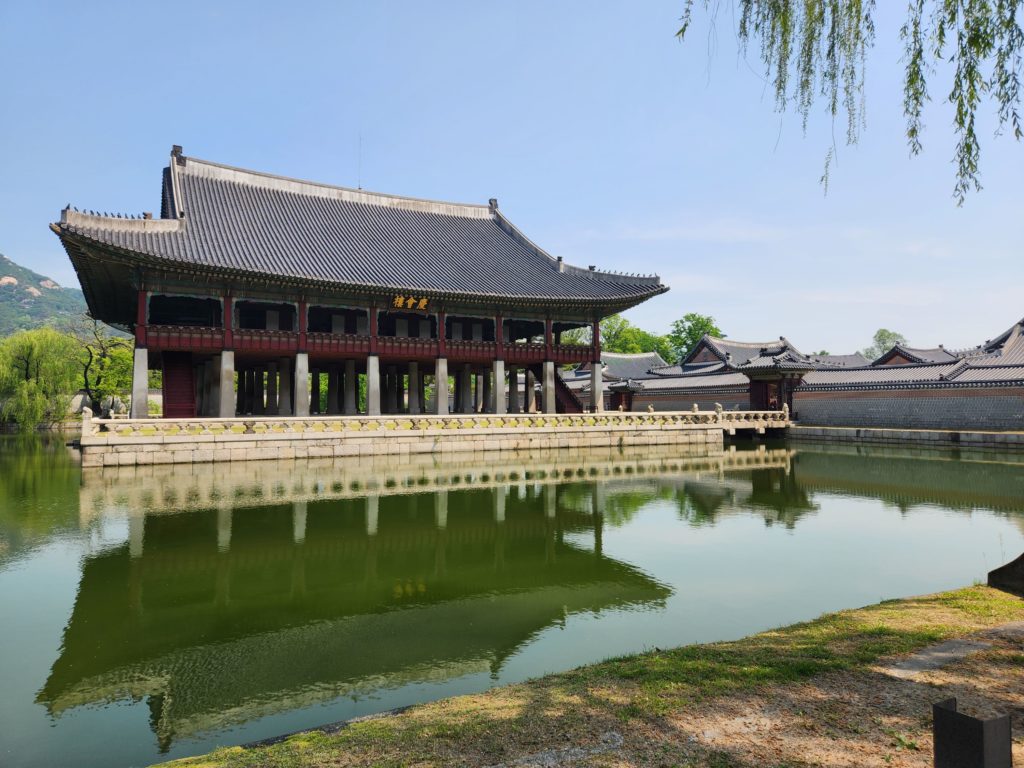
South Korea Entry Requirements:
Typically, US citizens need to apply for an ESTA to visit South Korea. Most people seem to be approved automatically, but it’s recommended to apply three days ahead of time just to be safe. However, I learned that ESTA requirements are waived due to “Visit Korea Year” that started in April 2023. Many passport holders, including US, can visit South Korea visa-free during this year. Check to see if your country is on the list.
When we visited, there were still some COVID precautions before entering. We received an immigration form and a health check card. The health card asked about any potential COVID symptoms, and countries visited in the past 30 days. I assume there may have been stricter precautions if we’d recently visited a COVID hotspot. Someone at the airport collects this health form before you go through immigration to ensure you’re healthy. Customs has an app you can use to fill out the form, but the paper form was simple.
Once we passed our health screen, we went through immigration. We handed the woman our passports and information cards that stated we were only visiting on a stopover. The immigration officer checked, “You want to come in?” I said yes, and she stamped me into the country.
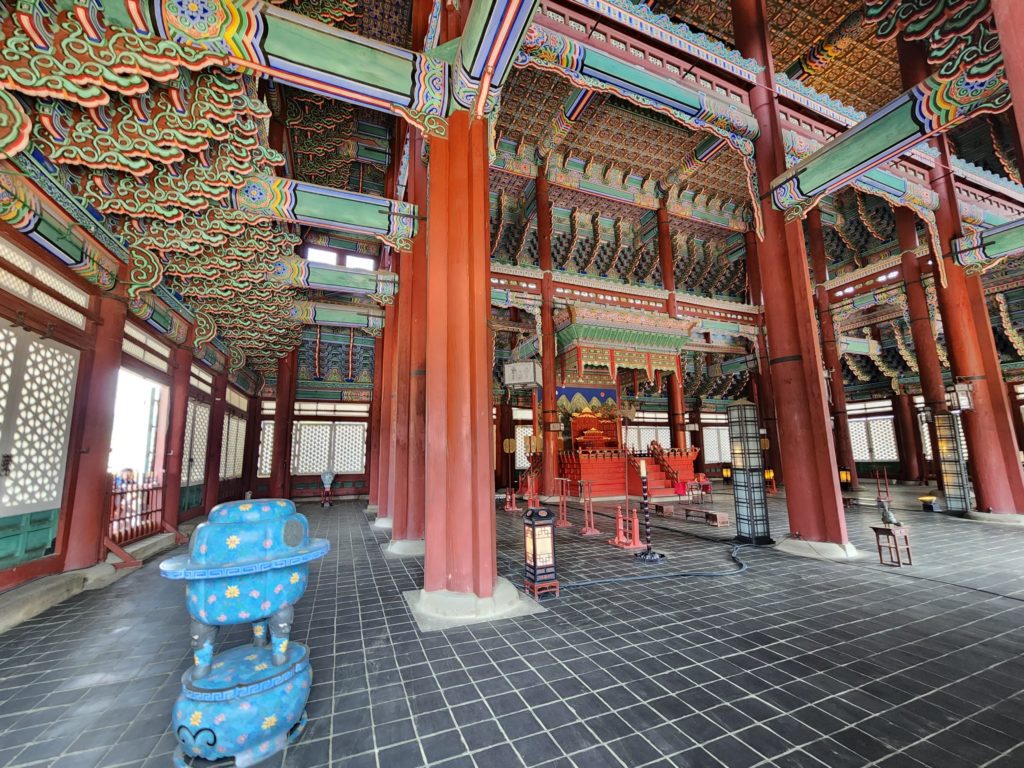
Bag Storage:
I travel carry-on only and prefer to travel light. For this trip, I only had my 40-liter backpack and crossbody purse. My partner also just had a 40-liter backpack and smaller day pack. Despite our lighter load, we didn’t want to lug our backpacks during our stopover in Seoul.
Luckily, there is a storage area near the departure security on the top floor of the Incheon airport. After passing immigration (and getting lost a few times), we found the storage counter. We gave them our backpacks and told them the approximate time when we would return. They accepted credit cards, so we did not need any Won at this point.
Getting into the city:
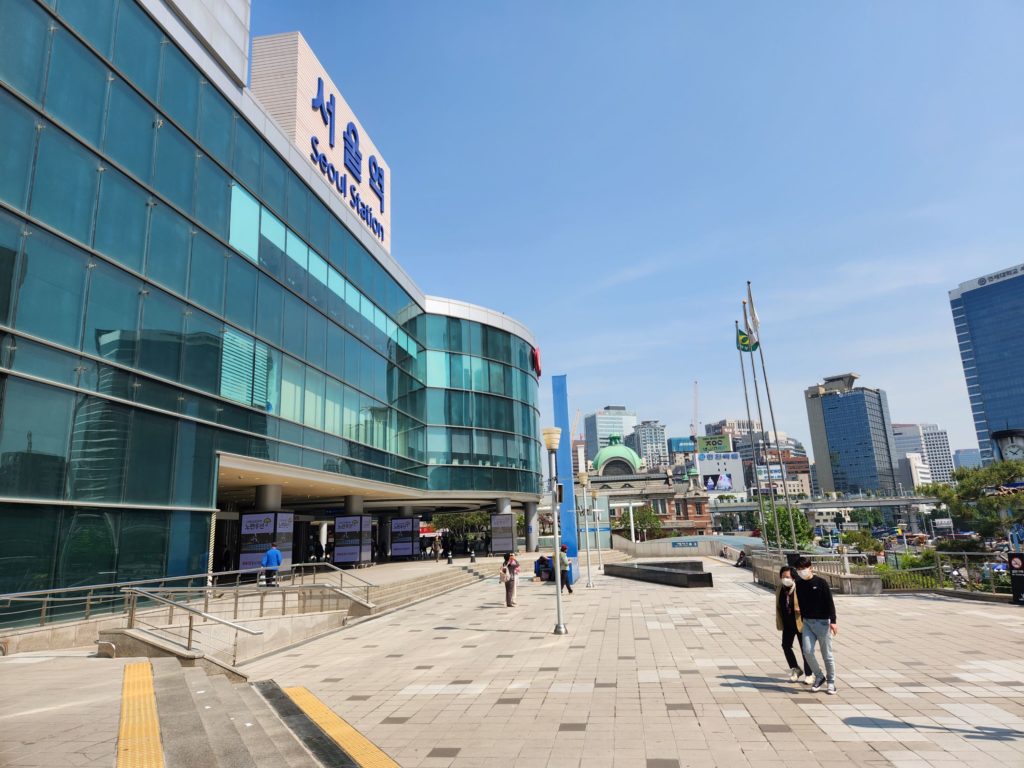
Once our bags were stored, we made our way down to find the train into the city. Apparently, Korean Air has a stopover program that gives you free transportation into the city for stopovers in Seoul 24 hours or longer. Asiana, the airline we were flying, also has a stopover in Seoul package for transit times over eight hours. However, the catch is that you must not have an option for a shorter transit time. Because we originally had an option of a shorter transit time, this wouldn’t have been an option for us.
We had to find our own way into the city.
We bought an express train ticket to Seoul Station for a 9 a.m. train and grabbed a coffee. The trains in Seoul are very convenient and fast, and we were in the city in just over an hour. But Seoul Station was confusing.
Our plan was to get out at the station and board a bus that would take us to Gyeongbokgung Palace.
We first needed a Tmoney Card in order to take public transit during our stopover in Seoul.
TIP: If you plan to take public transit on your stopover, get Won out of the ATM either at the airport or as soon as you arrive at the main Seoul city train station. You will need cash to load your transit card, which you can purchase in the convenient store in the station.
We thought we’d be able to get one of these cards at the ticket vending/loading machine. However, they were all out of service. Then we learned there was a small convenient store on the second floor of the station where we could purchase a card.
The airport train let us out on the bottom floor of the station, so we made our way up a few long escalators before getting to the convenient store. We purchased our cards using credit cards, and went off in search of a ticket machine that would load money onto our cars. After an unsuccessful search, we learned you could only load these cards with cash. And the ATM to get cash was on the ground floor where the airport train dropped us.
We made our way back to the ground floor and started our ATM search. Luckily, there was a transportation official who helped us locate an ATM then a machine to load money onto our cards. He also kindly explained to us which bus to take to the palace and how to find it.
An hour and nearly 10,000 steps later, we had our cards loaded with cash and were ready to explore Seoul.
Stop 1: Gyeongbokgung Palace Complex
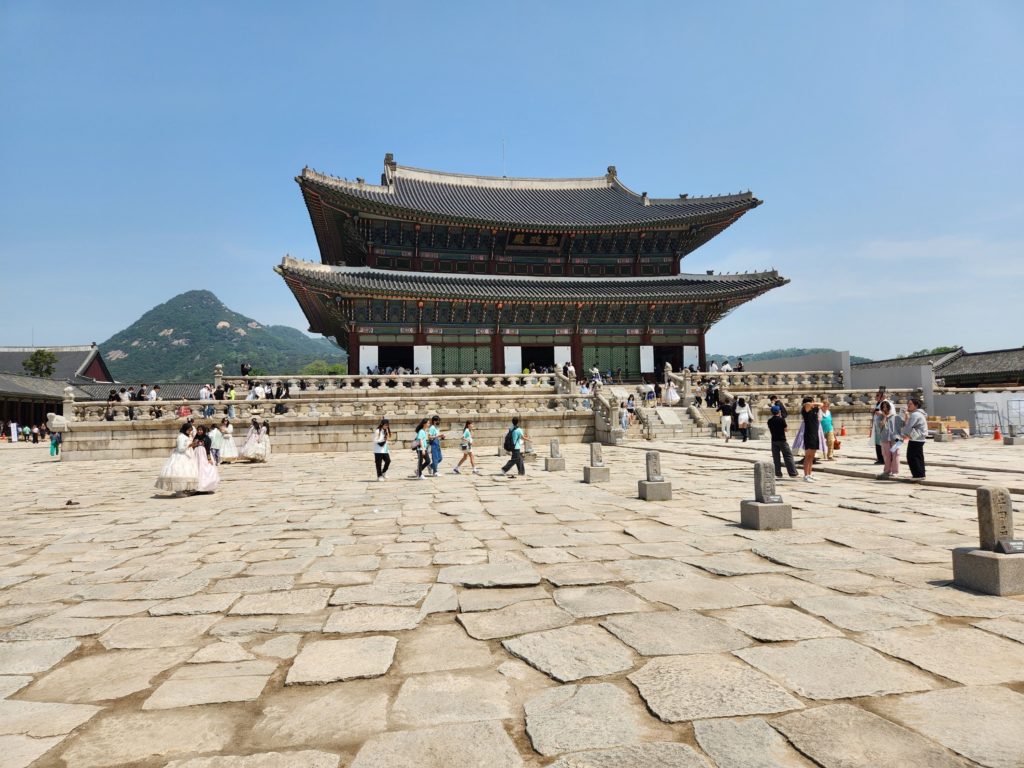
I’d read that if you can only do one thing in Seoul, it has to be the Gyeongbokgung Palace Complex. The palace was built in 1395 and served as the main royal palace for the Joseon Dynasty. Though much of the palace was destroyed by fire during the Imjin War in the 1500s then the invasion by Imperial Japan in the early 1900s, many of its buildings have been restored to their original glory. There is one of the original buildings still standing that you can visit.
Before visiting the Gyeongbokgung Palace, I knew little about it except that it was at the top of the Seoul must-do list. I didn’t know that the complex consisted of 500 buildings over 40 hectares of land. You can easily spend all day thoroughly exploring this complex. However, we wanted to see more than just the palace during our stopover in Seoul, so we kept our visit to about three hours.
The most important and impressive buildings to see in the complex were the main gate, the throne hall and the pavilion over the water. These areas are also the most popular and crowded. You can easily escape the crowds and still enjoy the beautiful architecture by stopping at a less popular building. For example, the sleeping chambers of the royal family were less crowded but still impressive.
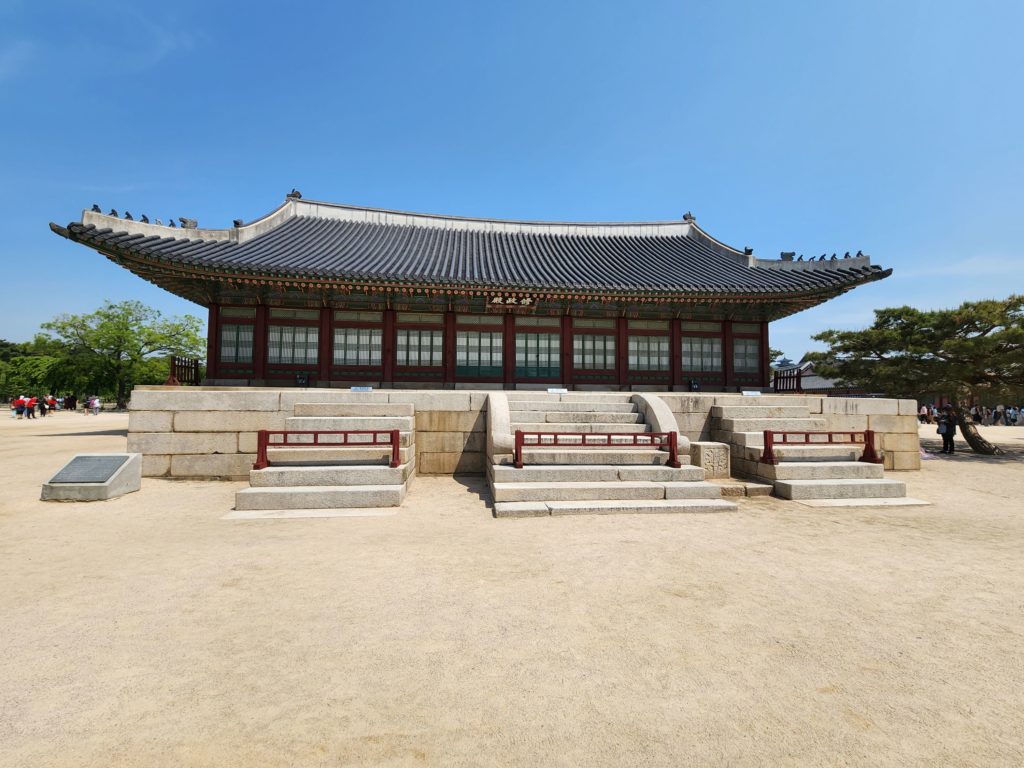
Stop 2: Lunch
After spending the morning navigating Seoul’s public transit system then wandering through the palace complex, we’d worked up an appetite. We decided to walk towards Bukchon Hanok Art Village and find lunch along the way. Luckily, there were several small restaurants and some street vendors between Gyeongbokgung Palace and Bukchon Hanok.
I was looking specifically for some spicy rice cakes, and we stopped at the first small vendor we saw selling these local foods. We split an order of rice cakes and some bibimbap for lunch. Though this was one of the first vendors we saw, there were several more opportunities for spicy rice cakes along this walk.
Stop 3: Bukchon Hanok Village
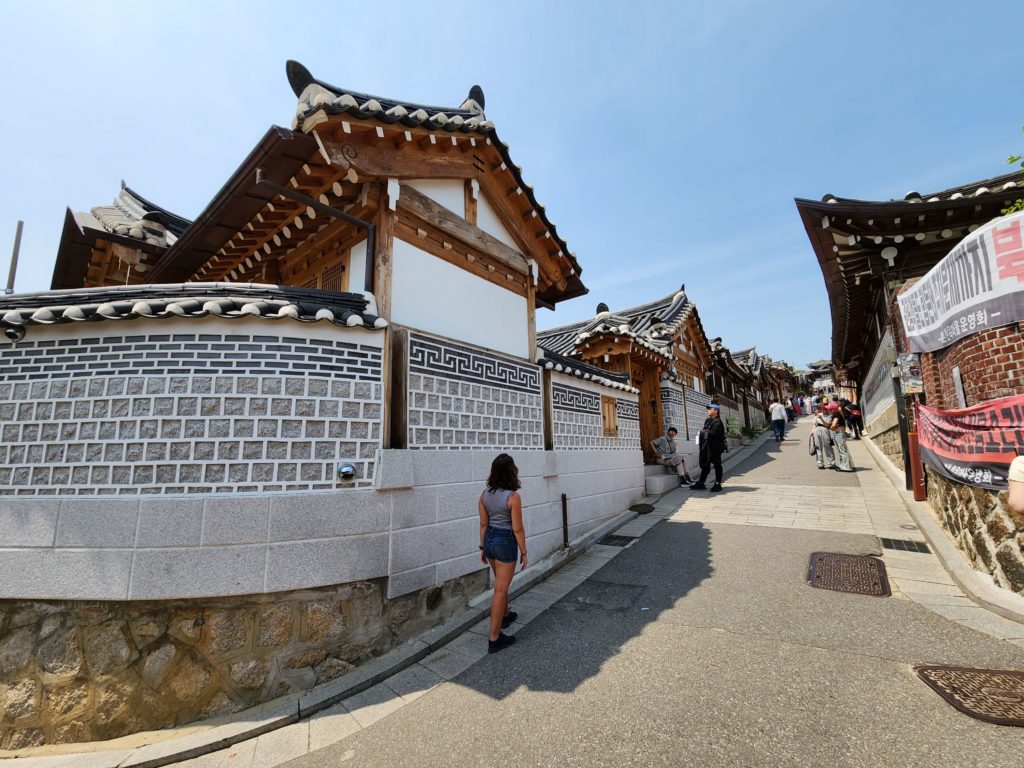
Bukchon Hanok is a residential neighborhood in Seoul famous for its traditional architecture and beautiful views. It is about a 40-minute walk from the Gyeongbokgung Palace, so it is easy to visit right after exploring the Palace complex.
It is a popular area to visit to see beautiful houses, streets and views of the city. Its narrow streets have minimal car presence, making it safe to walk and pose along the walls.
This village is one of the most popular sites to visit in Seoul, and you’ll find a lot of other tourists on the most picturesque streets. Some visitors choose to rent a traditional dress called a hanbok to pose for pictures in this village, or Gyeongbokgung Palace.
If you are visiting this village, it is important to be respectful and try to not make too much noise or be invasive. There are people living in this village who do not want to be bombarded with tourists or have their privacy invaded every day.
Stop 4: Old Seoul City Wall Gate
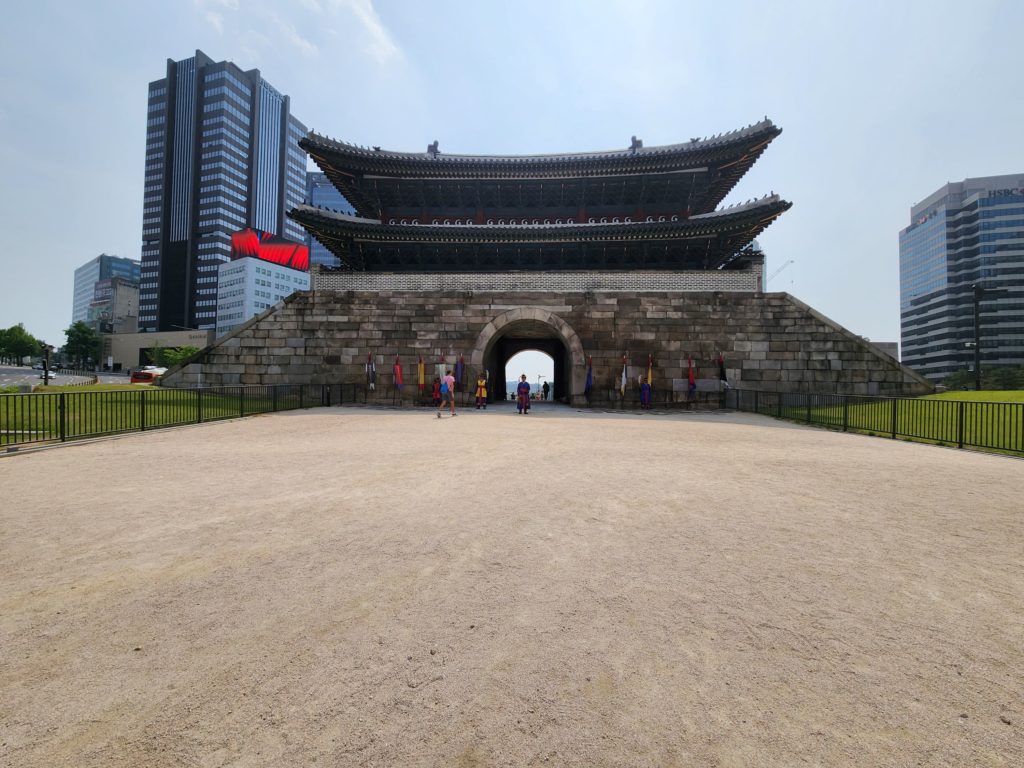
The Old Seoul City Wall was built to defend the city of Seoul against invasions in 1396. Similar to the Gyeongbokgung Palace, many parts of the Wall were destroyed in wars, and much of it has been reconstructed. On a longer trip to Seoul, you can go on an urban hike along the walls. It is 11 miles (18 kilometers) total, so a little too long to see in its entirety on a short stopover.
There are eight gates around the City Wall, and you can easily visit at least one on a stopover. These gates have great historical significance. If you’re lucky, you can see a changing of the guards at one of the gates.
We visited the Namdaemun Gate, which is the most significant and well-known gate into the City Walls. It was initially the primary entrance into Seoul. Now, it’s next to one of the biggest traditional markets to visit in the city. One of the most fascinating images was the old gate against the backdrop of the skyscrapers of a modern city.
There was a straightforward bus route from the Bukchon Hanok area to the Namdaemun Gate. We boarded the bus and double checked the route with the driver who also signaled when we got to our stop. This transportation made it an easy stop during our stopover.
Stop 5: Namdaemun Traditional Market
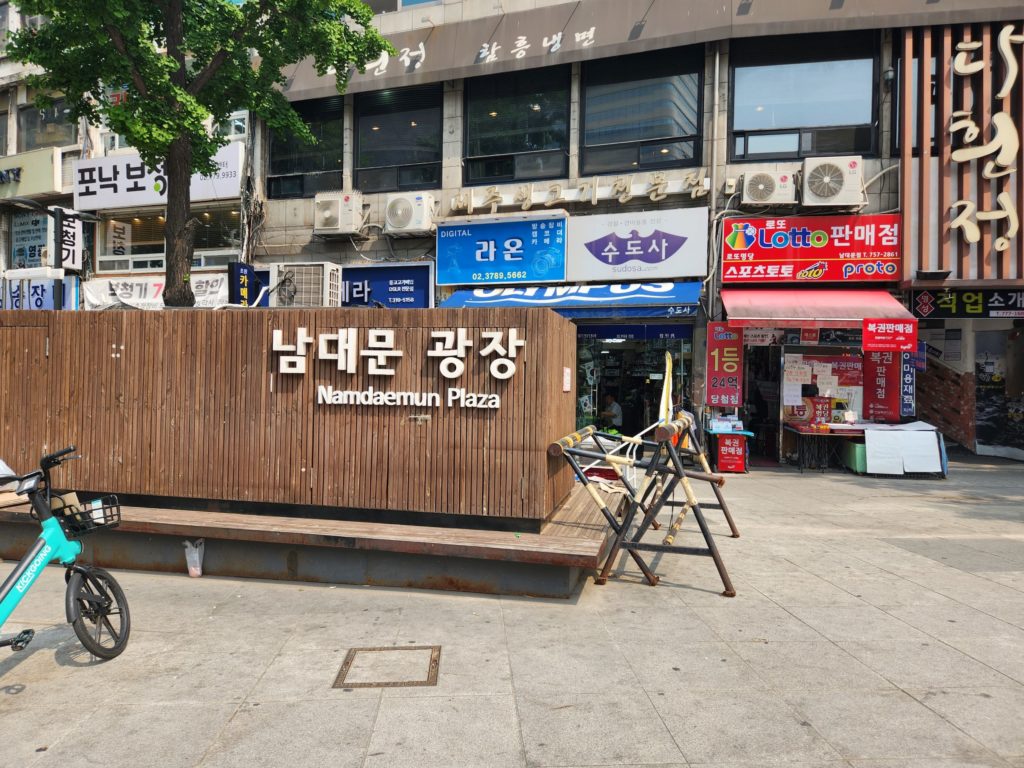
Namdaemun is the oldest traditional market in Seoul, dating back to 1414. It covers several blocks and is filled with shops and food stalls selling a variety of goods. This market is an excellent place to shop for souvenirs or get something to eat. Food vendors sell all types of traditional Korean foods, including noodles, dumplings, rice cakes and more. Even if you’re not looking to buy anything specific, it is still an interesting place to stroll through and take in the sights of the market.
Our last meal in Seoul was in this market. We got some cold noodles, tofu soup and finished it off with some Korean doughnuts.
Before coming to this market, I recommend bringing cash because many vendors either don’t take credit card or have a minimum spend for a card.
Returning to the airport
Namdaemun Market was our final stop on our stopover. After finishing up at the market, we walked about 20 minutes to the Seoul Station to catch the train back to the airport. We had to buy a specific ticket for the airport train so could not use our Tmoney Cards. We still have ~10 Korean Won left on these cards apiece.
The train ride back to the airport was about an hour. We arrived about three hours before our flight was set to depart. After picking up our bags from the storage area, we went back through customs and security.
Luckily, we had access to the Asiana Lounge inside the airport through Priority Pass and our Asiana Airlines ticket. We were able to shower and have dinner and drink before boarding our 12-hour flight back home. Considering we walked over 30,000 steps during our stopover in Seoul, we definitely needed the shower.
If you choose to take a similar tour through Seoul and don’t have lounge access, there are also free showers in the Incheon Airport.
Overall, I was happy with our stopover in Seoul. It gave me a nice taste of the city, and things to look forward to seeing on a future visit. I hope to visit Seoul and South Korea in general again some day.
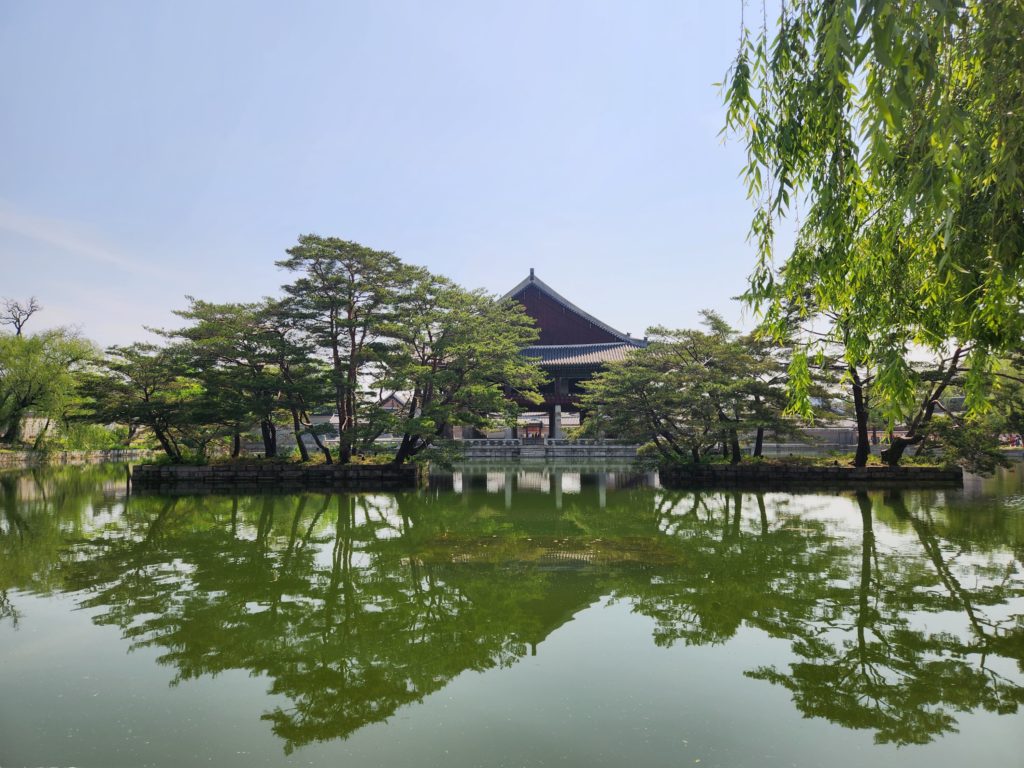

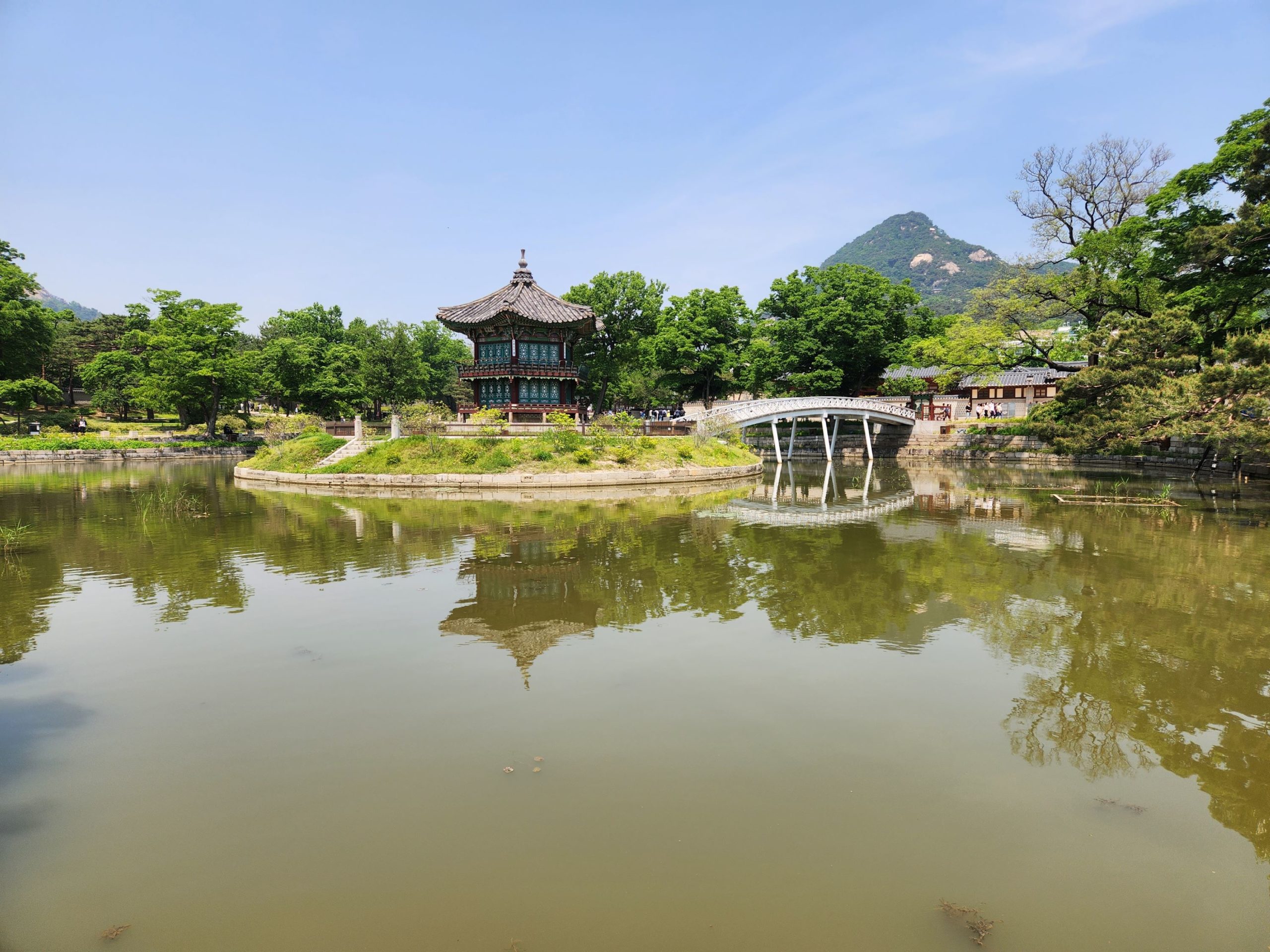
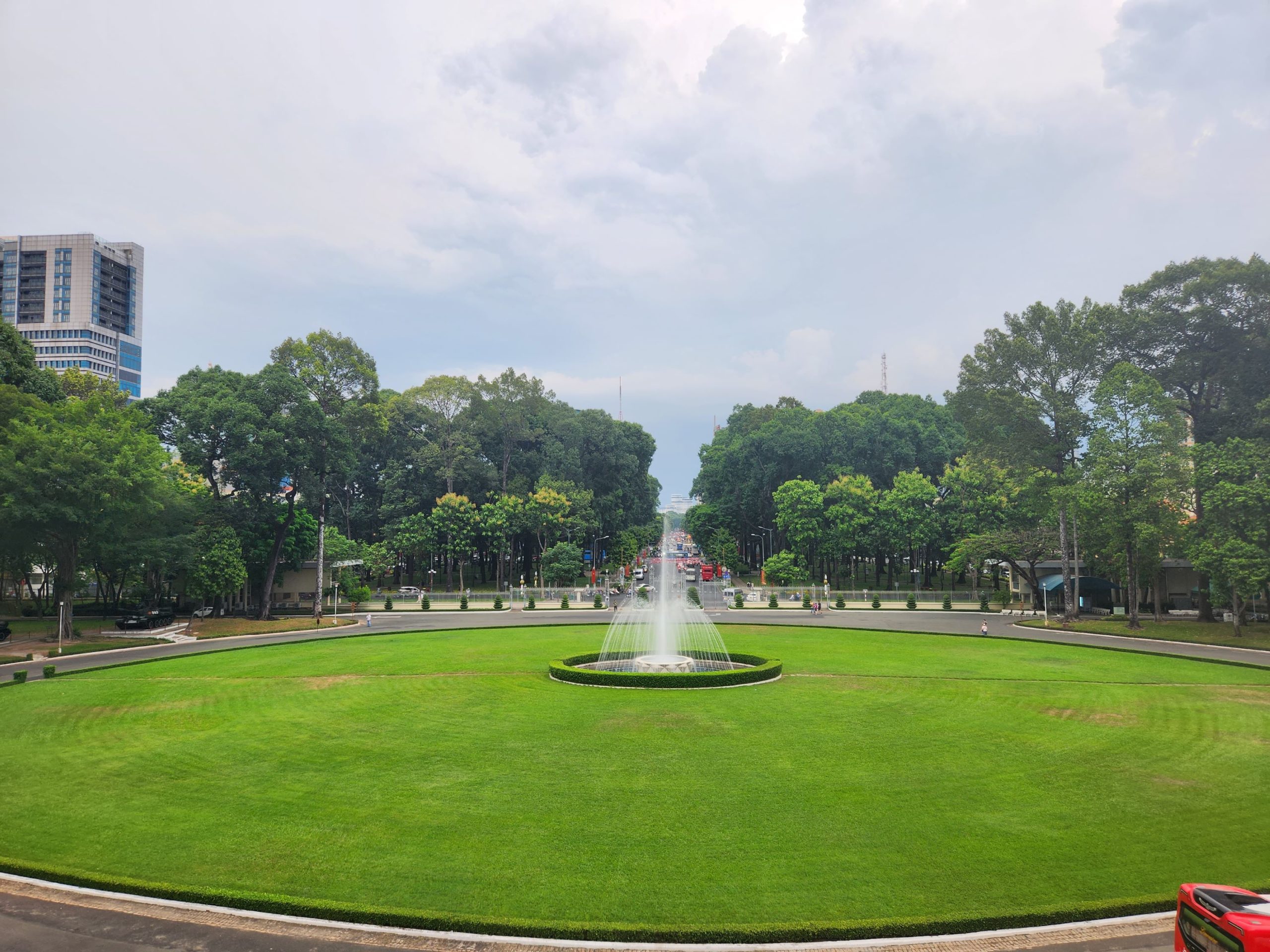
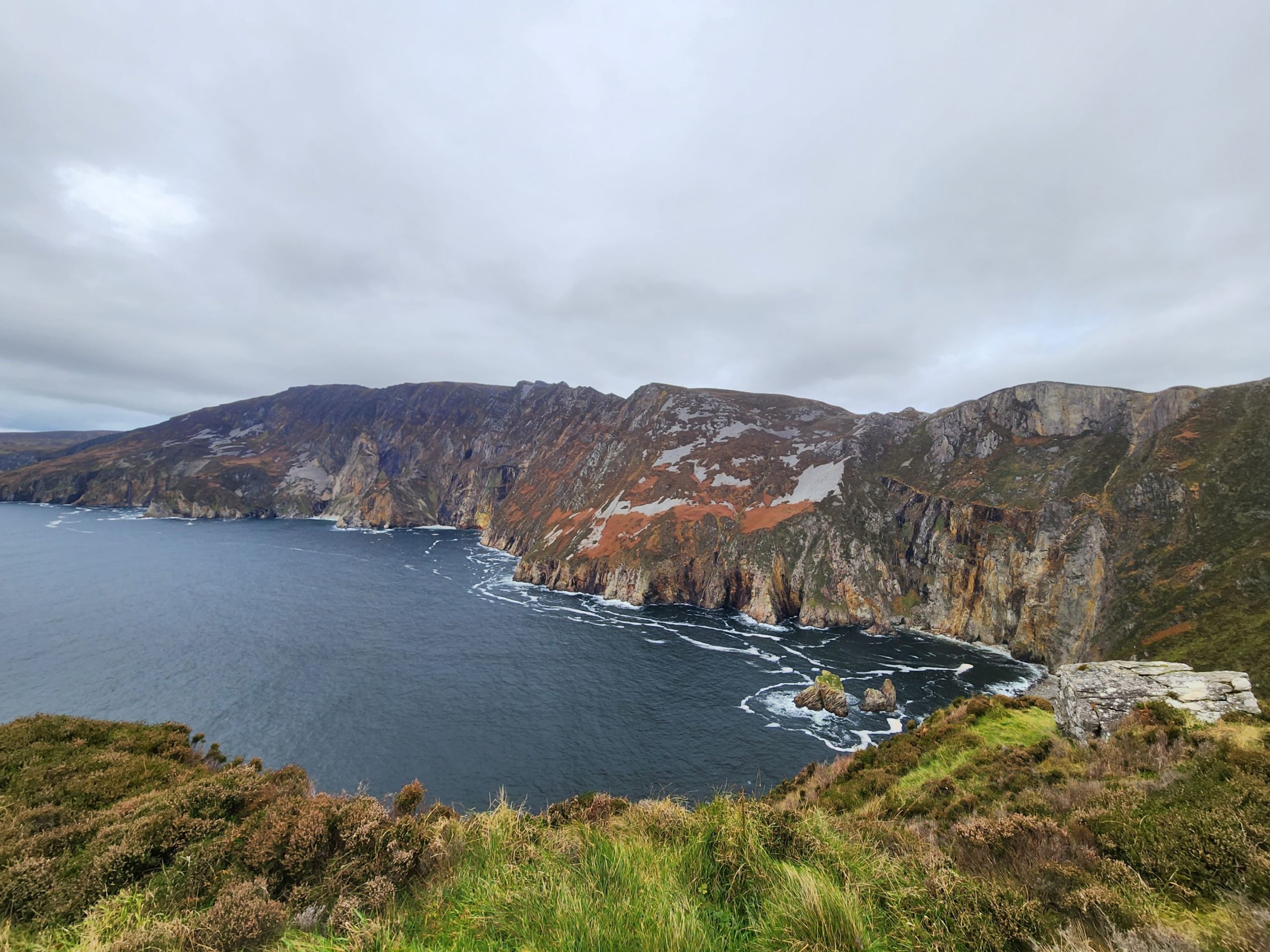
One thought on “How to Spend a Long Stopover in Seoul”